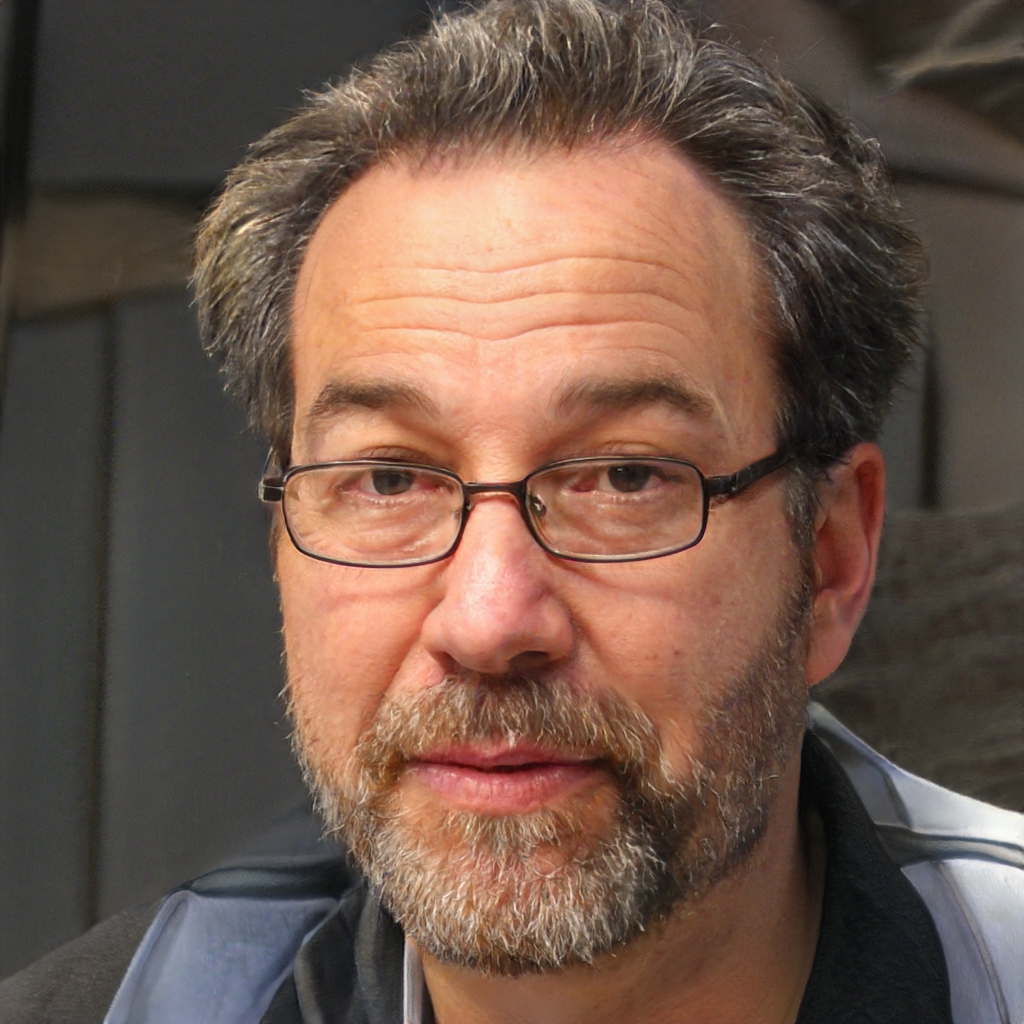ABS Uses Advanced Modeling to Develop Emergency Response System for Ammonia Leaks
In a remarkable breakthrough in safety measures, ABS, the American Bureau of Shipping, is leading the way by utilizing cutting-edge modeling and simulation technologies to develop emergency response methods for ammonia leaks and spills. This pioneering initiative marks the first step towards the creation of a comprehensive and rapid ammonia release response system. By accurately predicting the behavior of an ammonia plume, ABS aims to provide invaluable assistance to ports and crews in efficiently directing emergency mitigation services. While ammonia is hailed as a potential zero-carbon fuel solution, its high toxicity poses significant operational challenges both onboard and ashore.
Delving into Advanced Simulation and Modeling:
ABS, a longstanding safety pioneer, has harnessed its expertise in modeling and simulation to embark on an innovative approach. By combining these techniques with Computational Fluid Dynamics (CFD), ABS has developed a sophisticated, high-fidelity model. The primary objective of this model is to replicate ammonia dispersion patterns within the engine room. By studying the impact of various ventilation approaches on the behavior of ammonia plumes resulting from fuel line leakages, ABS specialists have revealed optimal methods for venting these plumes.
Predicting Ammonia Plume Response:
Building upon its industry-leading approach, ABS aims to create a dynamic model capable of swiftly predicting the response of an ammonia plume to a range of parameters. These parameters include wind speed and direction, humidity, cubic meters per second, and the vessel’s relationship to the port. By leveraging this comprehensive model, ABS will enable ports, crews, and emergency services to make immediate and informed decisions in the event of an ammonia release.
Simulation of Post-Dispersion Scenarios:
In addition to dispersion analysis, ABS intends to conduct agent-based discrete event simulations to study the response of crew members, port authorities, and emergency services after an ammonia dispersion. These simulations will provide critical insights into the most effective strategies for mitigating risks and safeguarding lives in the aftermath of an incident.
ABS Chairman’s Perspective:
Christopher J. Wiernicki, Chairman, President, and CEO of ABS, emphasizes the organization’s commitment to safety and its role in addressing the operational risks posed by ammonia. He notes that ABS’s advanced simulation and modeling approach sheds light on the unique behaviors of this fuel across various scenarios. By sharing these findings, ABS empowers ports, crews, and emergency services to respond promptly and effectively to any ammonia release, thereby contributing to a significant safety development for the entire industry.
The Promise of Ammonia as a Marine Fuel:
ABS’s efforts in modeling and simulation are closely aligned with its exploration of ammonia as a marine fuel. As the industry seeks sustainable alternatives with zero-carbon emissions, ammonia has emerged as a promising candidate. ABS provides additional information on the potential of ammonia as a marine fuel, offering insights into its requirements for ammonia-fueled vessels.
Conclusion:
ABS’s pioneering use of advanced modeling and simulation technologies represents a major milestone in enhancing safety measures for ammonia leaks and spills. By accurately predicting the behavior of ammonia plumes, ABS is equipping ports, crews, and emergency services with the knowledge and tools to respond swiftly and effectively to any ammonia release. With its commitment to safety and its expertise in the field, ABS is playing a pivotal role in the ongoing quest for a more sustainable and secure maritime industry.

David is a technology journalist with a passion for staying on top of the latest trends and developments in the industry. He has a degree in Computer Science and has been working as a journalist for more than 5 years. He joined Survey Paid in 2020 and his byline can be found on articles covering technology advancements, product reviews, and other technology-related news. Based in San Francisco, CA.
Contact Email: [email protected]

